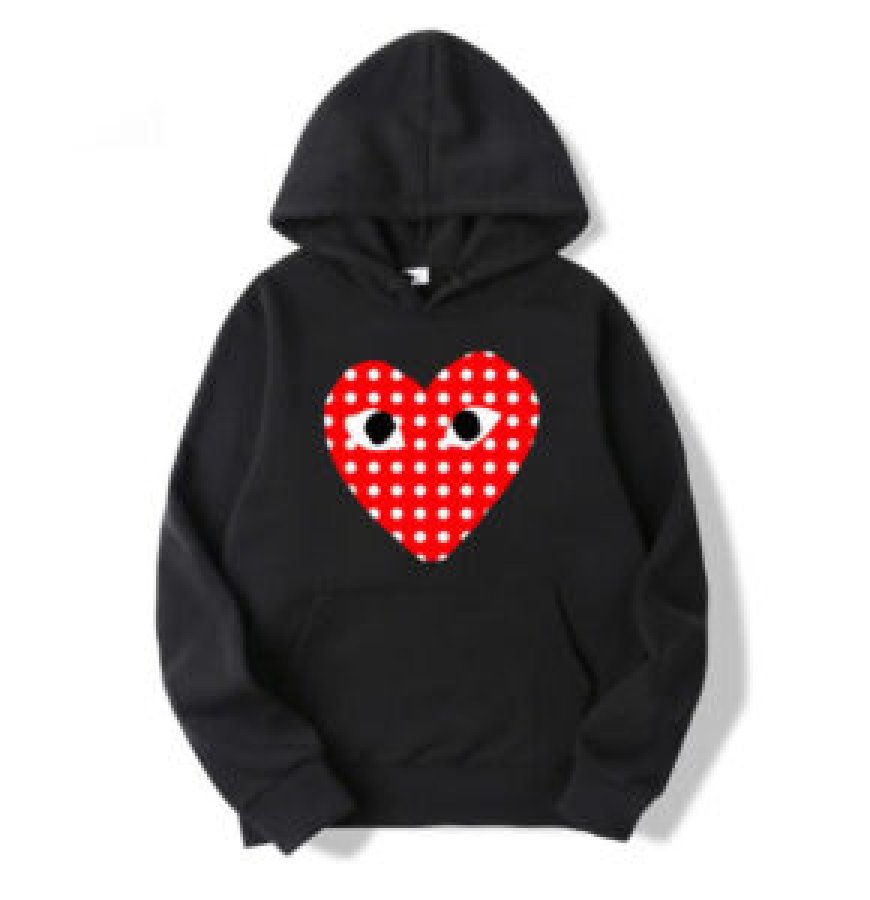Reimagining the Human Form: The Radical Tailoring of Comme des Garçons

In the world of fashion, where silhouettes often conform to ideals of symmetry and conventional beauty, one label has consistently defied the norm: Comme des Garons. Founded by Rei Kawakubo in 1969, the Japanese brand has redefined what it means to dress the bodynot merely by adorning it, but by reshaping, challenging, Comme Des Garcons and often obliterating traditional forms of tailoring. Through its radical reinterpretation of the human form, Comme des Garons has created an avant-garde language of fashion that is more sculpture than style, more philosophy than clothing.
The Subversion of Shape
At the heart of Comme des Garons aesthetic lies a fierce resistance to conformity. From the outset, Kawakubo has rejected the standards of Western beauty and sartorial norms. In her groundbreaking 1997 Body Meets Dress, Dress Meets Body collectioncolloquially referred to as the Lumps and Bumps showmodels walked the runway in garments stuffed with padded lumps that distorted their natural shape. These werent simply costumes or conceptual art; they were garments meant to question what it means to tailor the human figure.
This subversion of shape didnt emerge in a vacuum. It was a deliberate rebellion against the highly commercial and often sexualized fashion of the 1990s. While other designers were highlighting the body, Kawakubo was hiding it, distorting it, and asking us to consider why we seek to idealize one form over another. In doing so, she introduced a new kind of beautyone that was unsettling, asymmetrical, and intentionally imperfect.
The Deconstruction of Tailoring
Traditional tailoring is about precision. It seeks to flatter the body by following its contours. Kawakubo turned that idea on its head. For Comme des Garons, tailoring is an act of rebellion. Lapels are oversized or absent; seams are external or misaligned; jackets lack symmetry and trousers defy proportion. The brand's garments often look unfinished, yet they are meticulously crafted to evoke a sense of disruption.
This approach is influenced by the Japanese aesthetic concept of wabi-sabithe beauty of imperfection and impermanence. Instead of seeking to perfect the bodys form, Comme des Garons embraces its flaws and exaggerates them, presenting garments that feel more like wearable architecture than clothing. Each piece is an exploration of what happens when fashion ceases to be flattering and starts to be challenging.
The Politics of the Body
Comme des Garons is not just about fabric and form; it's deeply political. By radically altering how the body is presented, Kawakubo comments on issues of gender, identity, and power. Her garments often obscure traditional markers of femininity and masculinity. Sharp shoulders, oversized silhouettes, and androgynous tailoring strip away the gendered expectations embedded in mainstream fashion.
For instance, in many of her collections, Kawakubo has blurred the lines between male and female dress. This is not a superficial take on unisex clothing, but a deeper interrogation of the cultural codes that dictate how men and women should present themselves. By removing the signifiers that make clothes masculine or feminine, she opens the door for a more fluid, expressive relationship between body and garment.
Fashion as Sculpture
Rei Kawakubos work is often described as walking the line between fashion and art. In fact, some argue that it leans more toward sculpture than traditional design. Her garments are frequently exhibited in museums, not merely for their visual impact but because they represent an entirely new way of thinking about the relationship between material and movement.
Unlike conventional clothing, which moves with and highlights the body, Kawakubos creations often constrain or reconfigure it. The wearer becomes a part of the sculpture, a living canvas that brings the design to life. Its not about enhancing the figureits about creating a new one. The body becomes secondary to the shape of the garment, reversing the traditional hierarchy of fashion design.
The Influence and Legacy
Comme des Garons radical tailoring has had a profound influence on contemporary fashion. Designers like Martin Margiela, Rick Owens, and Demna Gvasalia have all drawn from Kawakubos vocabulary of deconstruction and distortion. The notion that clothing can be an act of resistance, a means of questioning societal norms, has become a central theme in modern fashion discoursemuch of it traceable to Kawakubos early interventions.
Yet, despite her outsized influence, Kawakubo has always remained elusive. She rarely gives interviews and often refuses to explain her work. This intentional opacity forces viewers and critics alike to engage with the garments on their own terms, fostering a more personal and subjective relationship with the clothes. In an industry obsessed with narrative and branding, Kawakubos silence speaks volumes.
Challenging the Commercial
One of the most radical aspects of Comme des Garons is its continued commercial success despite its defiant aesthetic. The brands refusal to cater to mainstream tastes has not impeded its growth. In fact, it has only deepened its appeal. Consumers who wear Comme des Garons arent just buying clothestheyre buying into a philosophy, a worldview that values thought, provocation, and artistic integrity over trend.
This creates a paradox: garments that are meant to disrupt the fashion system are now part of it. But Kawakubo navigates this tension with characteristic elegance, continually evolving her design language to stay one step ahead of commodification. Whether through new sub-labels like Comme des Garons Homme Plus or collaborations with global retailers, she manages to expand her influence without diluting her vision.
Conclusion: A New Vision of the Human Form
To say that Comme des Garons has reimagined the human form is not hyperboleit is a statement of fact. Rei Kawakubos designs ask Comme Des Garcons Converseus to confront our assumptions about beauty, gender, and the very purpose of clothing. In doing so, she has turned the act of getting dressed into an intellectual and emotional exercise.
In a world where fashion often aims to please, Comme des Garons challenges. It defies easy categorization, resists interpretation, and refuses to conform. And in that resistance lies its power. By radically tailoring not just fabric but perception itself, Comme des Garons offers a vision of fashion that is as transformative as it is timelessa vision where the body is not just dressed, but redefined.
















![Top 9 Real Estate Mobile App Developers in Riyadh, Saudi Arabia [2025 Edition]](https://www.biphoo.uk/uploads/images/202507/image_430x256_6879d0d524335.jpg)
















